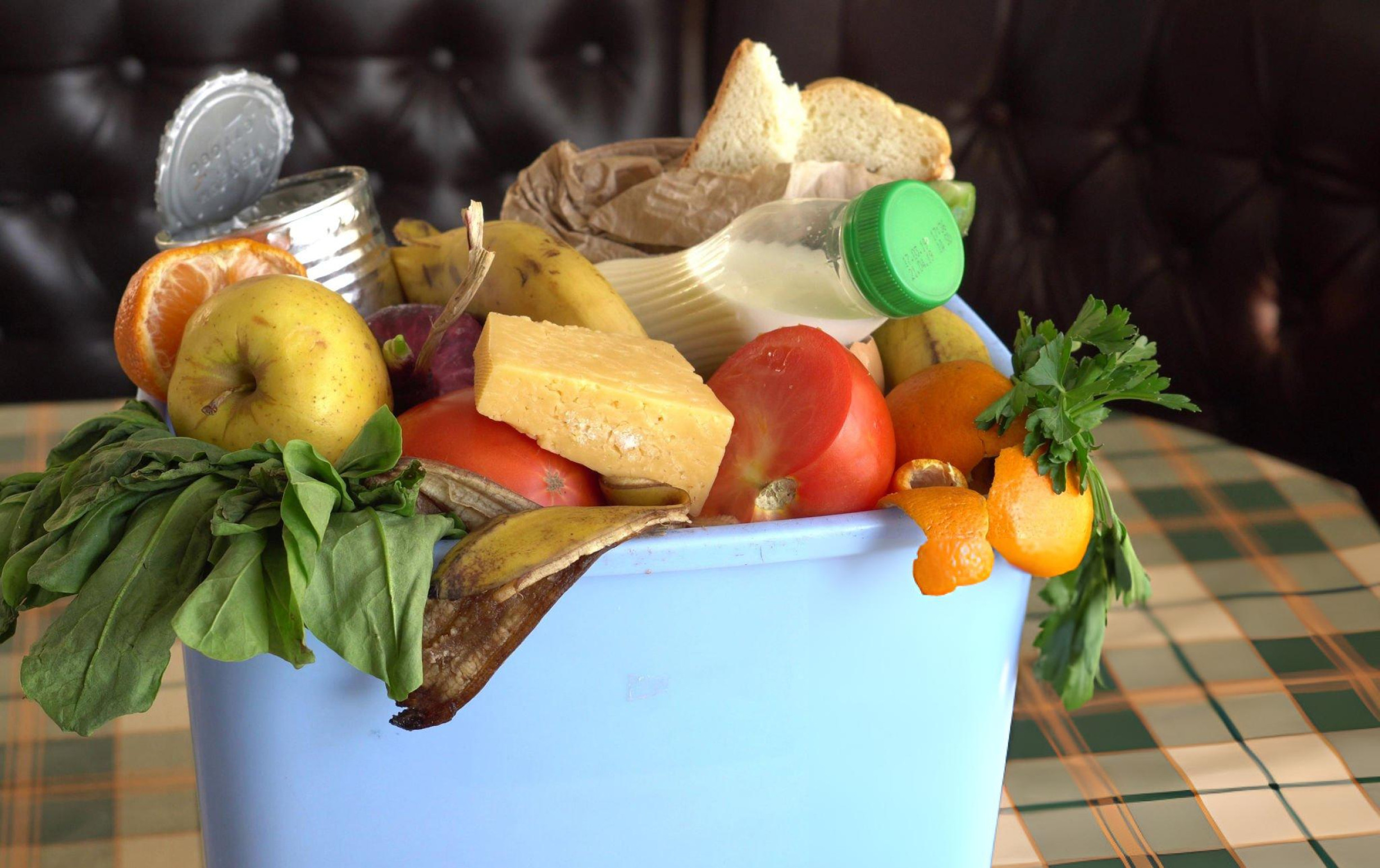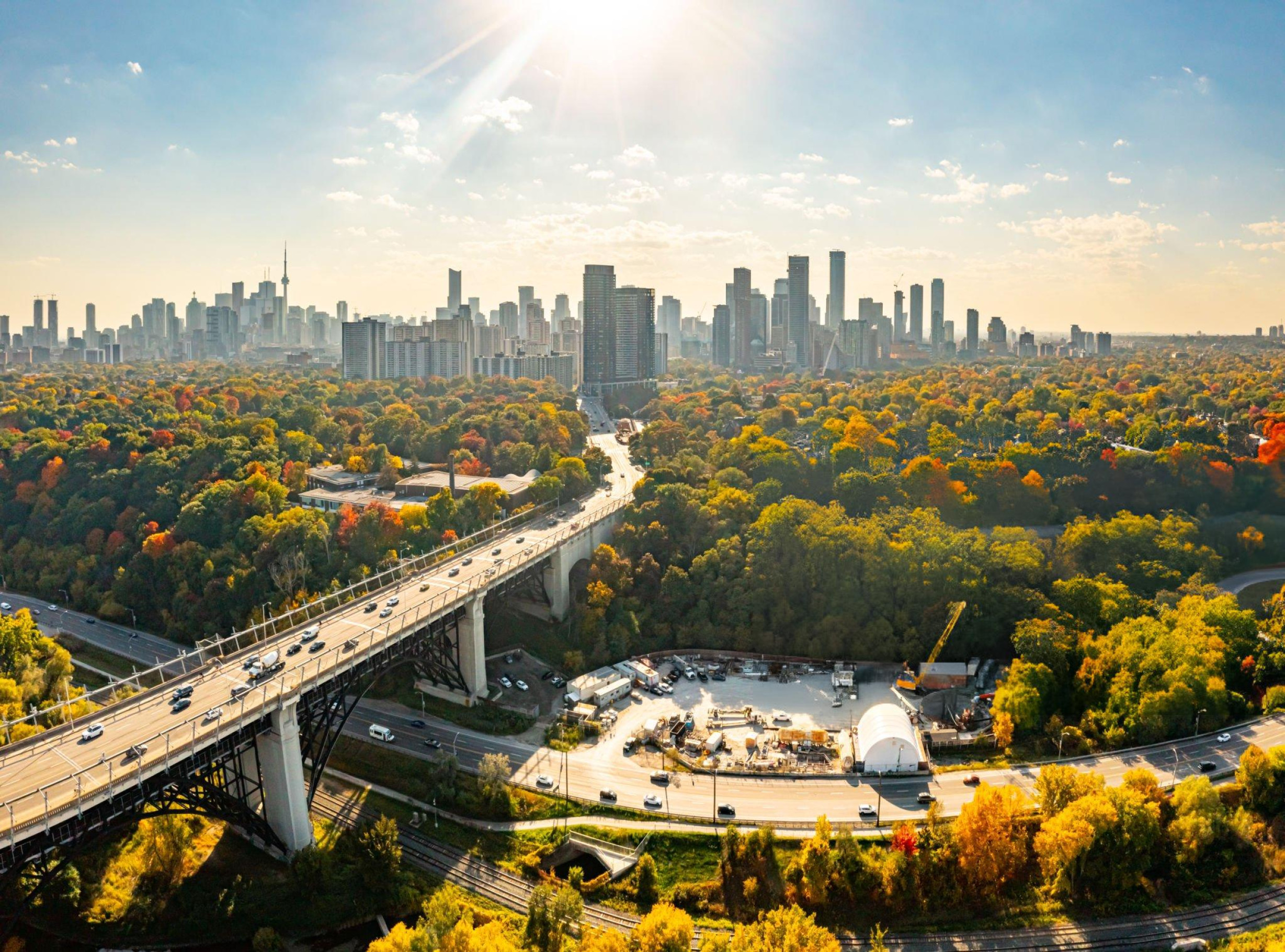Every year, over one-third of all food produced globally—around 1.3 billion tonnes—goes to waste. While this statistic is alarming from a humanitarian standpoint, it’s equally devastating for the environment. Food waste doesn’t just mean lost meals; it means lost resources, wasted energy, and a significant contribution to climate change.
The Hidden Carbon Footprint of Food Waste
When food ends up in landfills, it decomposes without oxygen, producing methane, a greenhouse gas 28 times more potent than carbon dioxide over a 100-year period. According to the United Nations Environment Programme (UNEP), food waste accounts for nearly 8–10% of global greenhouse gas emissions—more than the entire aviation industry combined.
Every apple, loaf of bread, or plate of rice thrown away represents all the energy, water, fertilizer, and fuel used to grow, transport, and package it. When that food is wasted, all those resources are wasted too.
From Farm to Fork: A Chain of Waste
Food waste occurs at multiple stages:
- Production: Crops left unharvested due to market standards or overproduction.
- Distribution: Spoilage during transport and storage due to poor infrastructure.
- Retail: Unsold goods discarded for aesthetic reasons or expiration dates.
- Consumption: Food thrown away in homes, restaurants, and events.
Each stage amplifies the environmental impact—wasting valuable resources like land and water while increasing emissions from transport and storage.
Why It Matters for Climate Action
If food waste were a country, it would be the third-largest emitter of greenhouse gases after China and the United States. Beyond emissions, the demand for unnecessary food production accelerates:
- Deforestation, as land is cleared for agriculture
- Water scarcity, with 25% of freshwater used to produce food that is never eaten
- Biodiversity loss, due to habitat destruction and pesticide overuse
Reducing food waste is one of the most powerful yet overlooked solutions for mitigating climate change.
What We Can Do
Tackling food waste requires collective action—from individuals, businesses, and policymakers. Here’s how we can all play a role:
For Individuals:
- Plan meals and buy only what’s needed.
- Store food properly to extend shelf life.
- Repurpose leftovers creatively.
- Compost organic waste instead of dumping it.
For Businesses:
- Optimize supply chains to prevent spoilage.
- Partner with food banks or donation platforms.
- Educate consumers about portion sizes and expiration labels.
For Governments:
- Create policies encouraging redistribution of surplus food.
- Invest in cold-chain infrastructure and composting systems.
- Include food waste reduction in climate action plans.
A Sustainable Future on Our Plates
Reducing food waste is not just about saving food—it’s about saving the planet. Every small action, from planning our meals to supporting sustainable food policies, contributes to a larger global effort to curb emissions and protect our environment.
As UNEP’s Food Waste Index Report reminds us:
“Cutting food waste is one of the simplest, most impactful climate actions we can take.”When we waste less, we feed more, save more, and cool the Earth.




